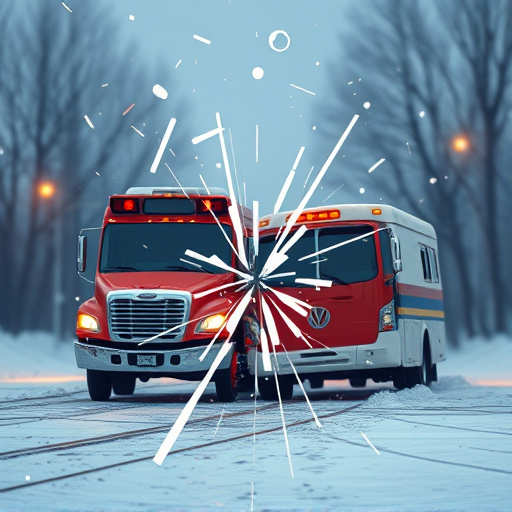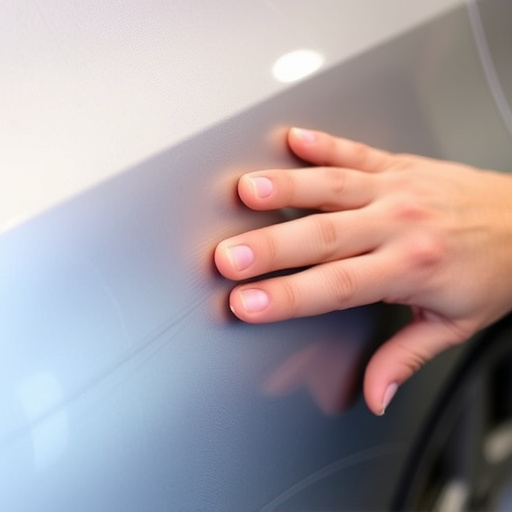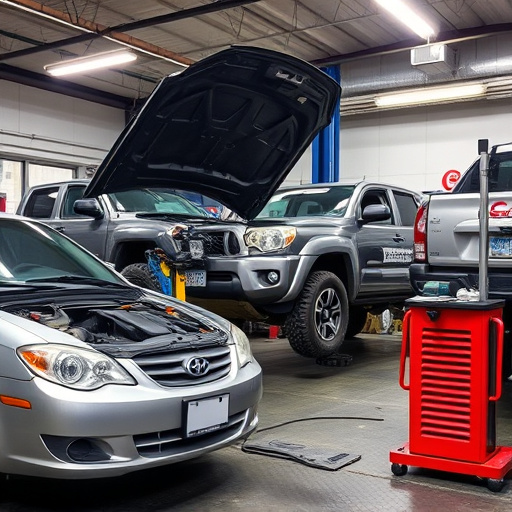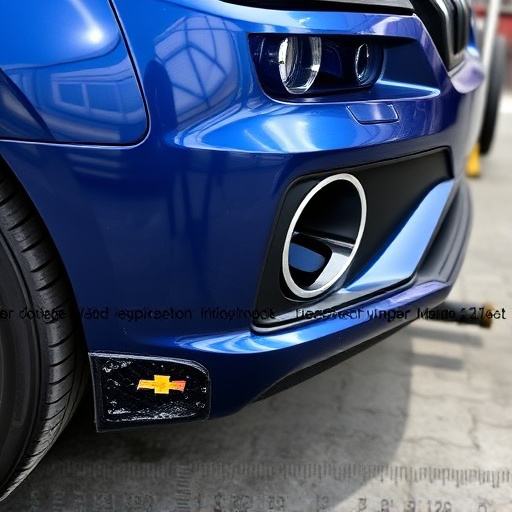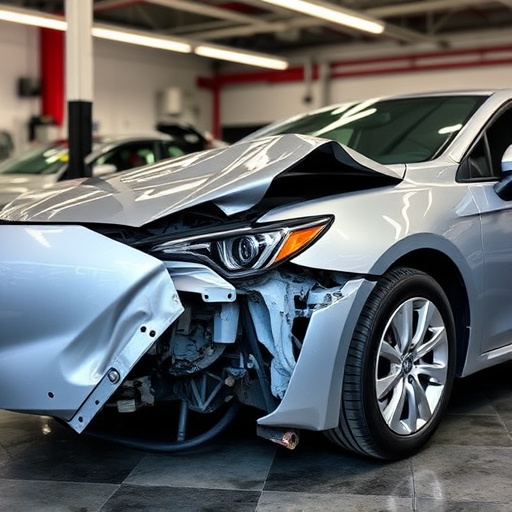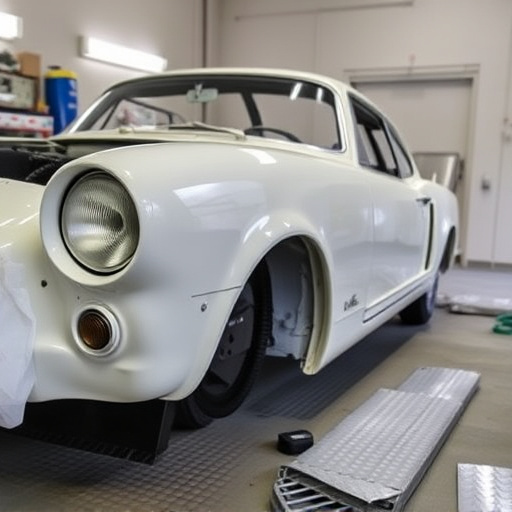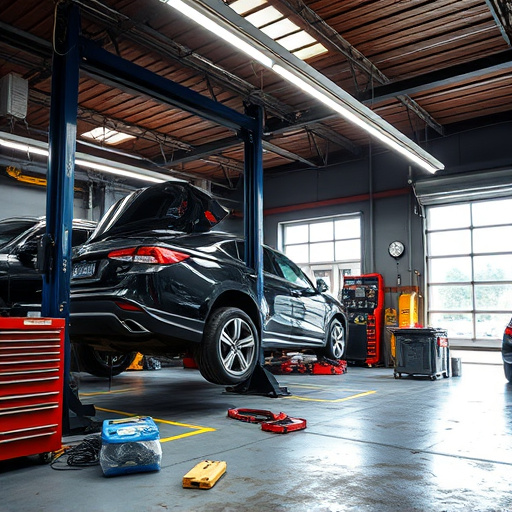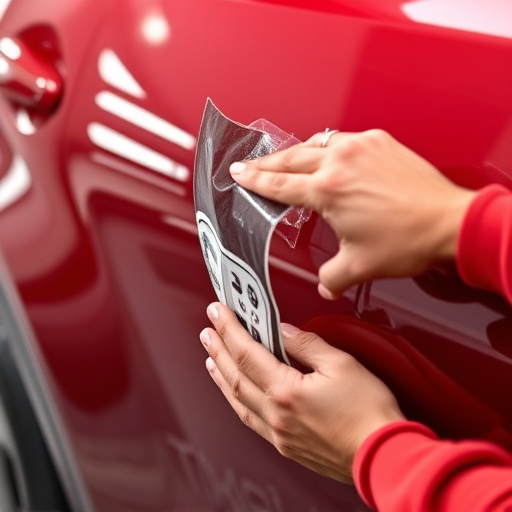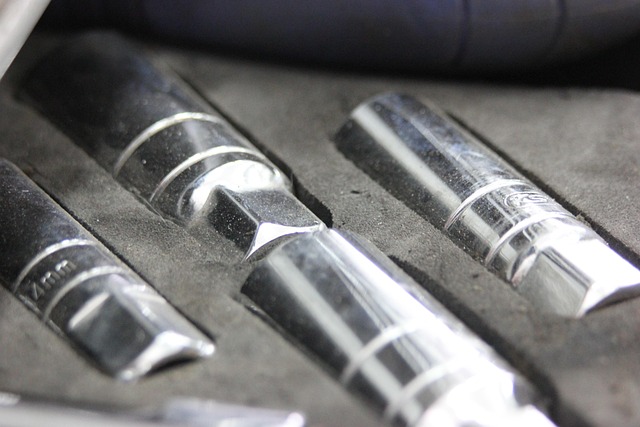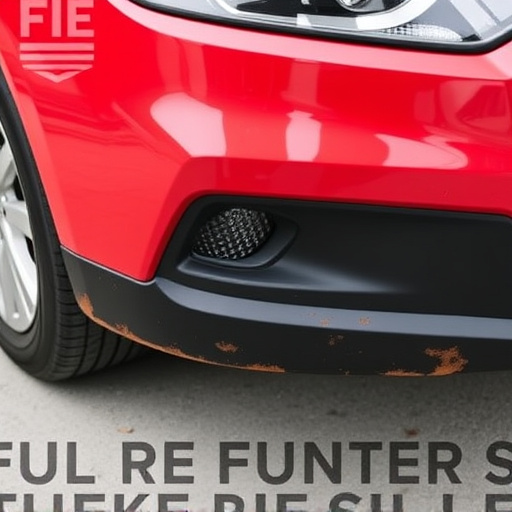Mercedes repair certification requires mastering conventional and electric vehicle systems, especially Advanced Driver Assistance Systems (ADAS). Proficiency in collision damage repair and ADAS component calibration is crucial to meet Mercedes-Benz's standards and ensure features like autonomous emergency braking and lane-keeping assist function optimally after any service or repair. This meticulous process guarantees optimal vehicle performance and enhanced driver confidence, covering challenges from hail damage to car scratch repair.
Mercedes repair certification is more than just fixing cars; it’s about mastering cutting-edge technology. With Advanced Driver Assistance Systems (ADAS) becoming the new standard, understanding calibration standards is crucial. This article delves into the evolving landscape of Mercedes repair certification, focusing on ADAS and precise sensor calibration techniques. By exploring these key areas, technicians can ensure optimal vehicle performance and safety in today’s increasingly autonomous automotive world.
- Understanding Mercedes Repair Certification Requirements
- Advanced Driver Assistance Systems (ADAS): The New Standard
- Calibration Techniques for Precise Sensor Performance
Understanding Mercedes Repair Certification Requirements
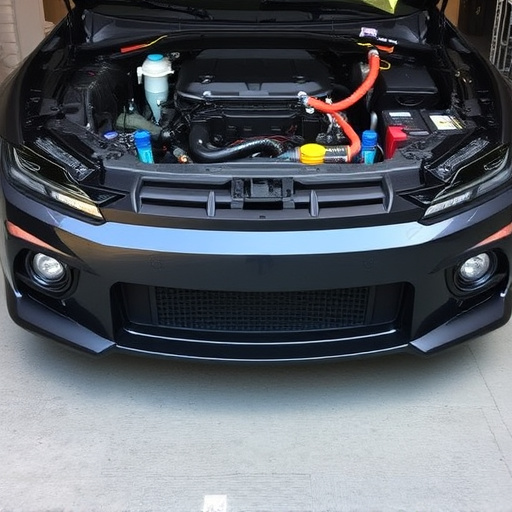
Mercedes repair certification is a critical aspect for any technician looking to service these luxury vehicles. To become certified, professionals must meet stringent standards set by Mercedes-Benz, covering various aspects from traditional mechanics to advanced driver-assistance systems (ADAS). Understanding and adhering to these requirements ensures not just top-tier repairs but also the safety and reliability of the vehicles.
The process involves rigorous training on both conventional and electric vehicle systems, including complex electrical architectures and sophisticated software. In addition to mastering collision damage repair techniques, technicians are expected to be proficient in calibrating ADAS components like sensors, cameras, and control units. This ensures that the vehicles not only function optimally but also meet the brand’s high standards for safety features, such as autonomous emergency braking and lane-keeping assist, after any service or repair.
Advanced Driver Assistance Systems (ADAS): The New Standard
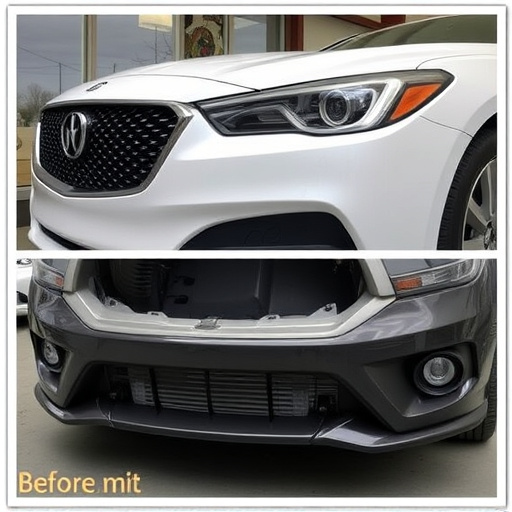
Advanced Driver Assistance Systems (ADAS) have revolutionized automotive safety, and their integration into Mercedes vehicles has set a new standard for the industry. As part of the Mercedes repair certification process, understanding and mastering ADAS is increasingly vital. These systems, which include features like adaptive cruise control, lane-keeping assist, and automatic emergency braking, require specialized knowledge to ensure proper functioning and calibration after any collision or repair, including car body restoration and vehicle dent repair.
With the evolution of technology, Mercedes repair certification programs have adapted to keep pace, focusing on ADAS and calibration standards. This ensures that collision repair shops are equipped to handle modern vehicles effectively while maintaining safety standards. By staying up-to-date with these advancements, professionals in the field can offer superior services, ensuring not just the structural integrity of a vehicle after a car body restoration but also the reliable operation of its sophisticated driver assistance systems.
Calibration Techniques for Precise Sensor Performance
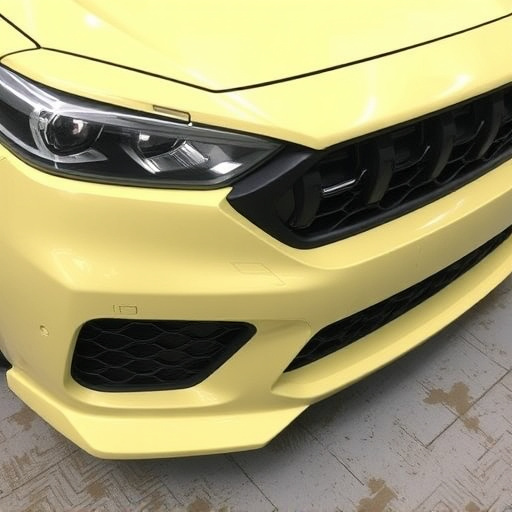
Mercedes repair certification programs emphasize advanced driving assistance systems (ADAS) calibration as a critical aspect of maintaining vehicle safety and performance. Calibration techniques have evolved to ensure precise sensor functionality, which is essential for ADAS features like lane-keeping assist, adaptive cruise control, and automatic emergency braking. Professional technicians employ specialized tools and methods to adjust sensors, ensuring they operate within strict tolerances.
Proper calibration goes beyond mere adjustment; it involves rigorous testing and quality control measures. This meticulous process accounts for various environmental factors that can impact sensor performance, including temperature fluctuations and vibrations. By adhering to stringent standards, Mercedes repair certification ensures that vehicles equipped with cutting-edge safety technologies continue to function optimally, enhancing driver confidence and road safety, even in the face of challenges like hail damage repair or auto glass repair, while also addressing minor issues like car scratch repair for a seamless driving experience.
Mercedes repair certification has evolved to meet the demands of modern vehicles, with a strong focus on Advanced Driver Assistance Systems (ADAS) and precise sensor calibration. Understanding these requirements is essential for any technician aiming to deliver top-tier repairs. By mastering ADAS technologies and implementing rigorous calibration standards, professionals can ensure Mercedes vehicles maintain their safety features, performance, and overall reliability, thus fostering customer satisfaction in today’s automotive landscape.
